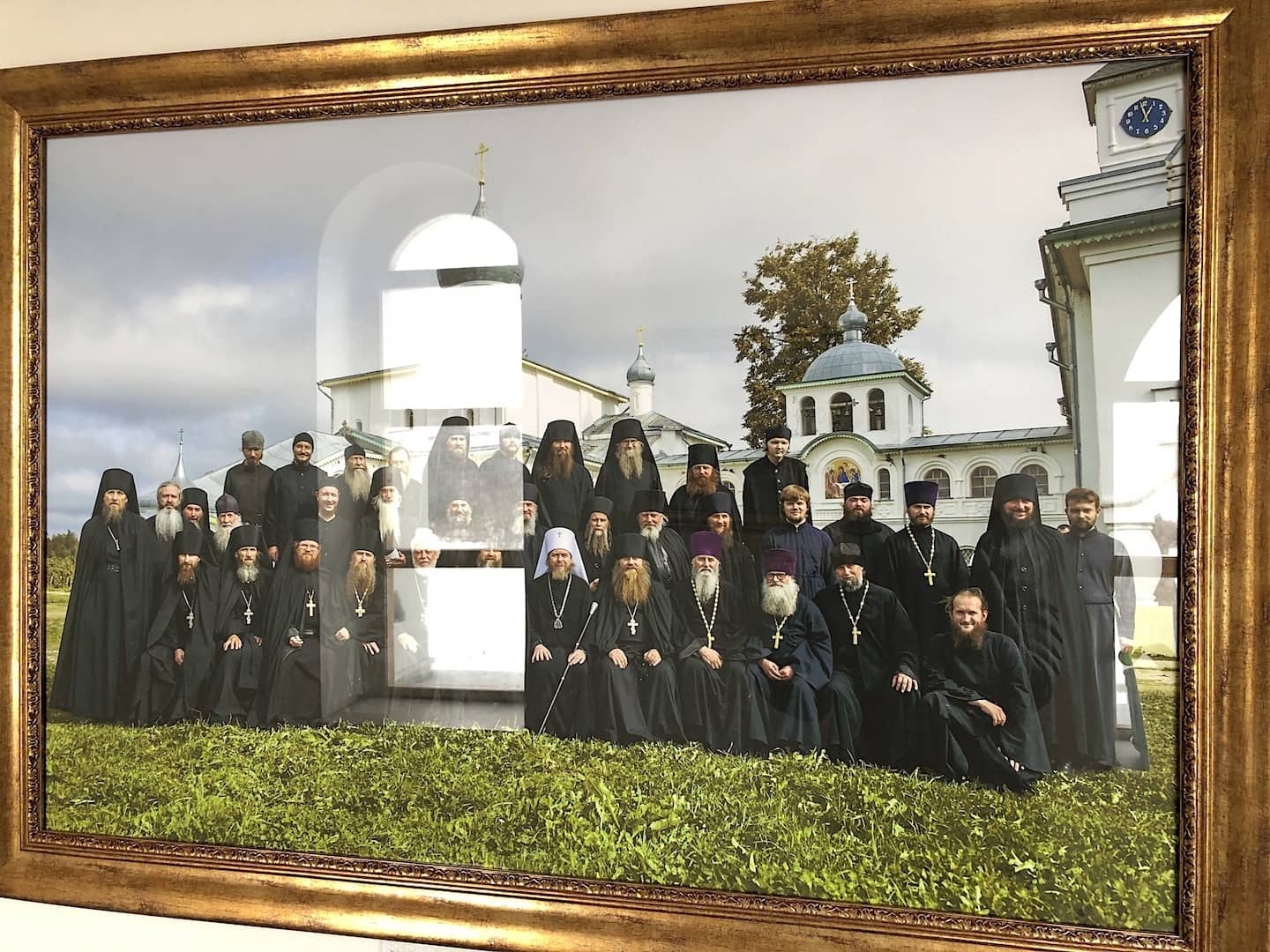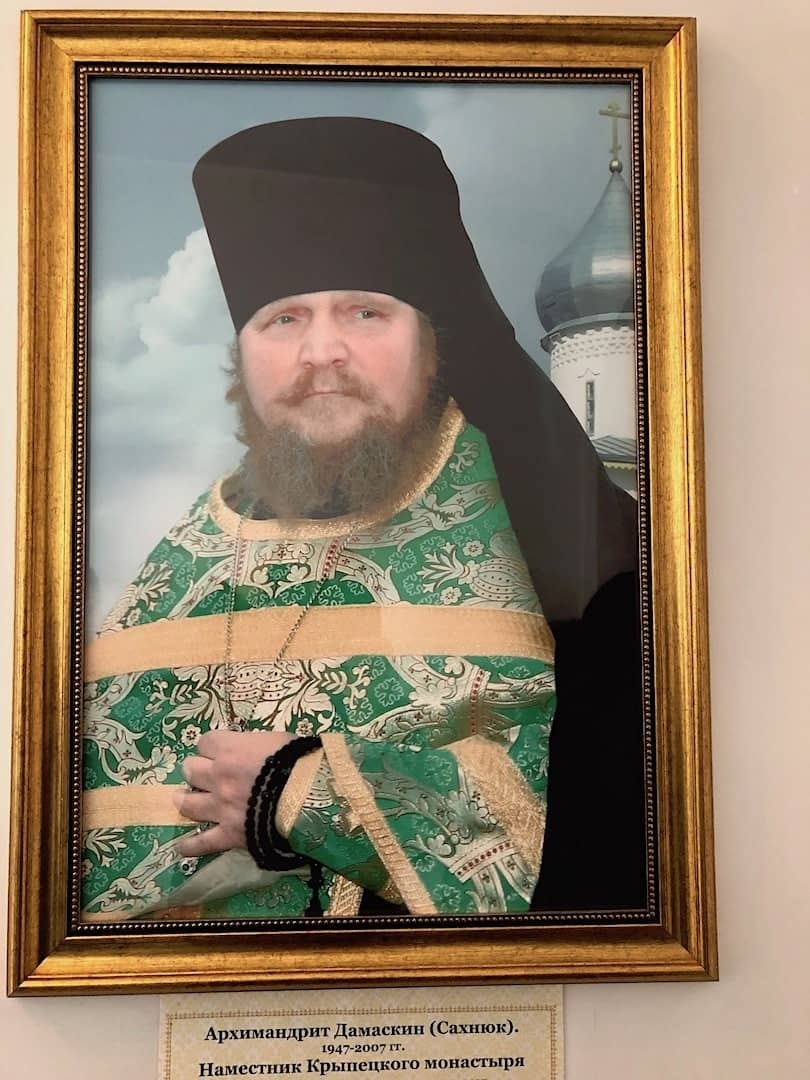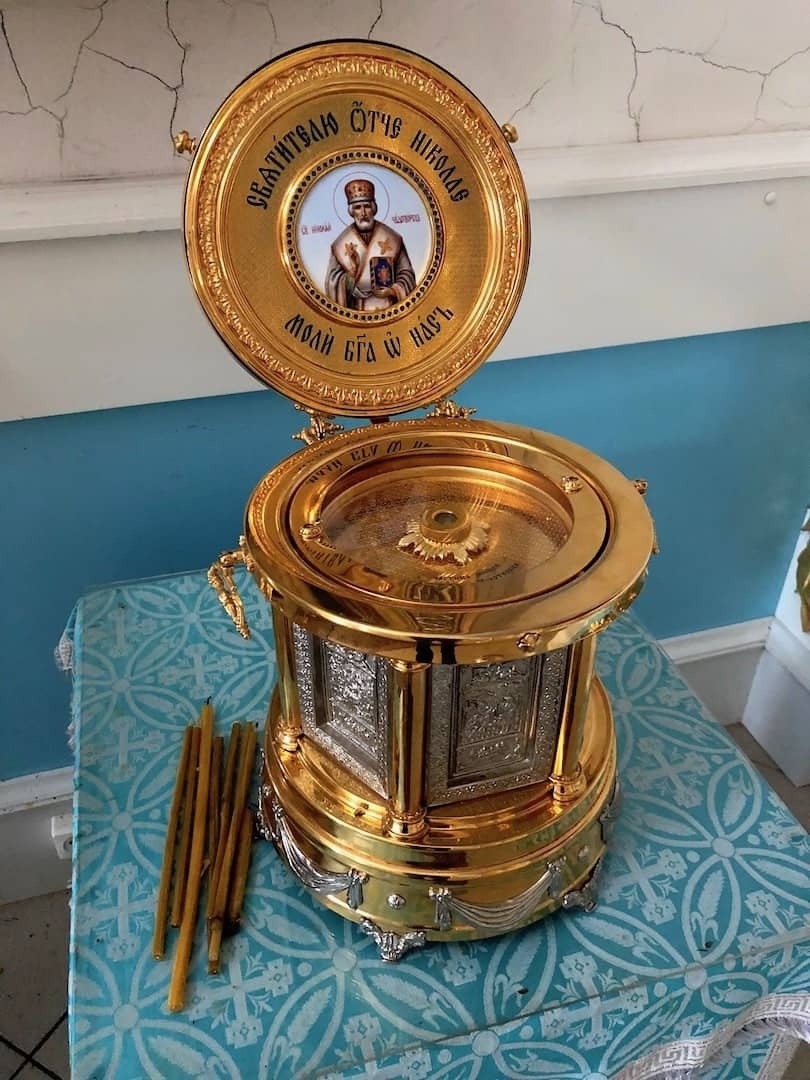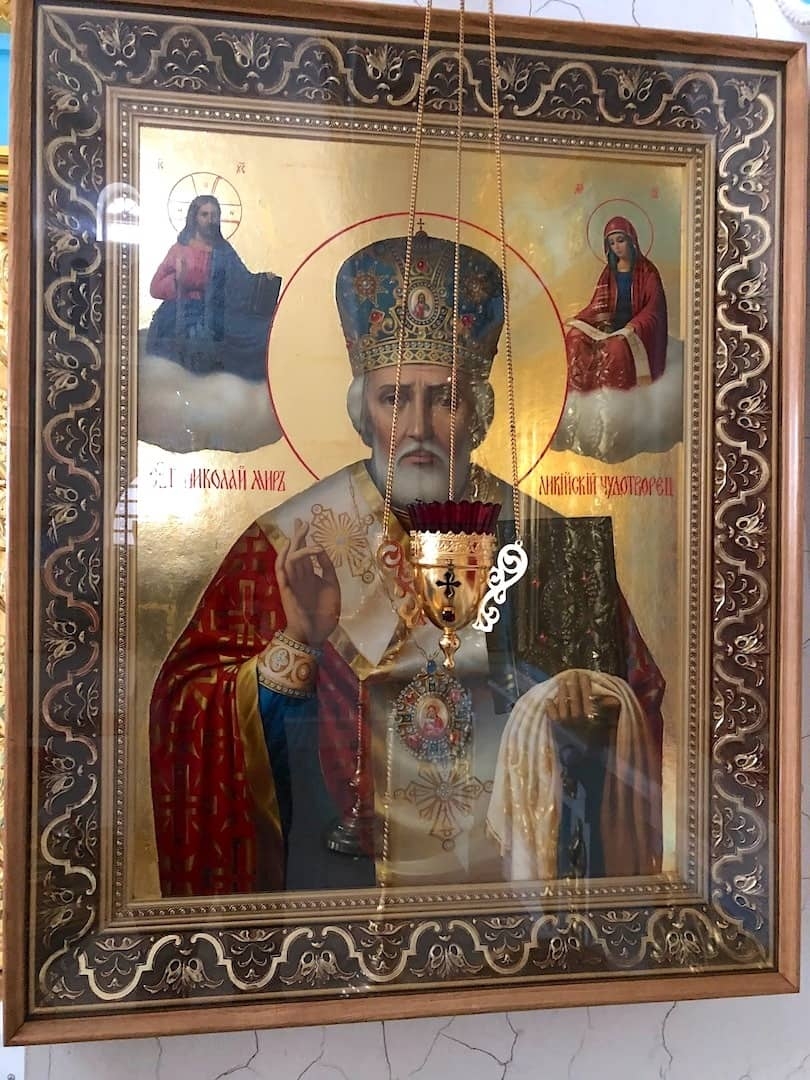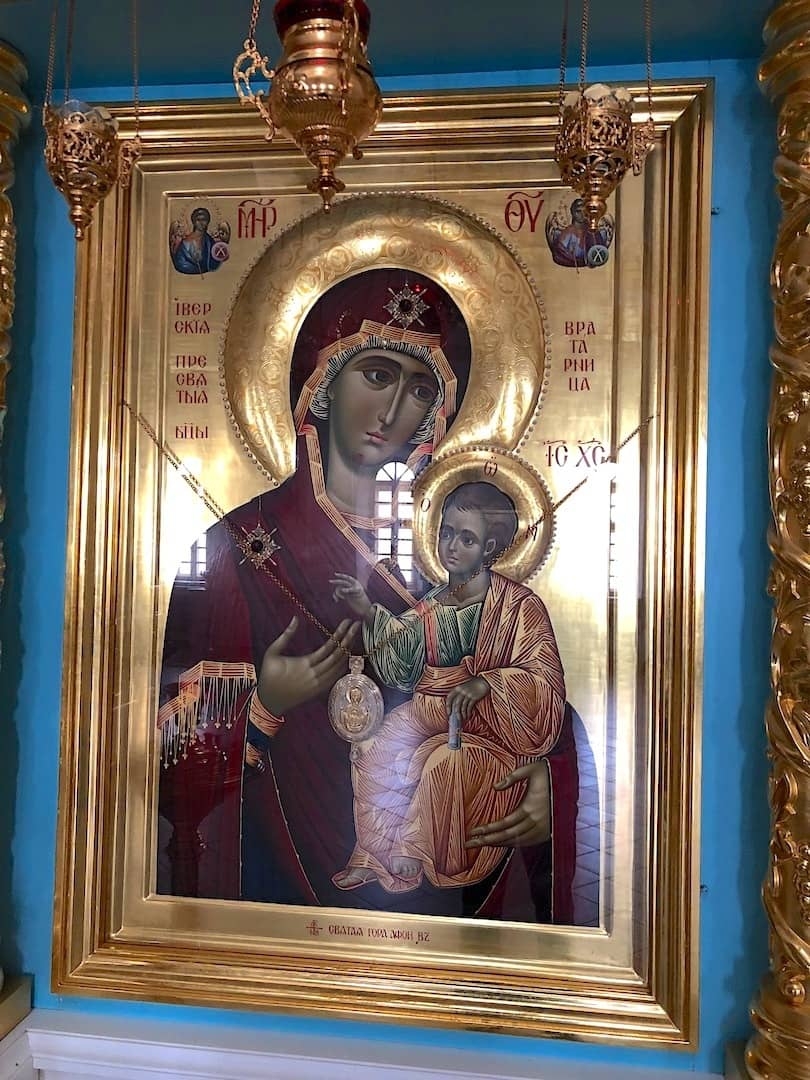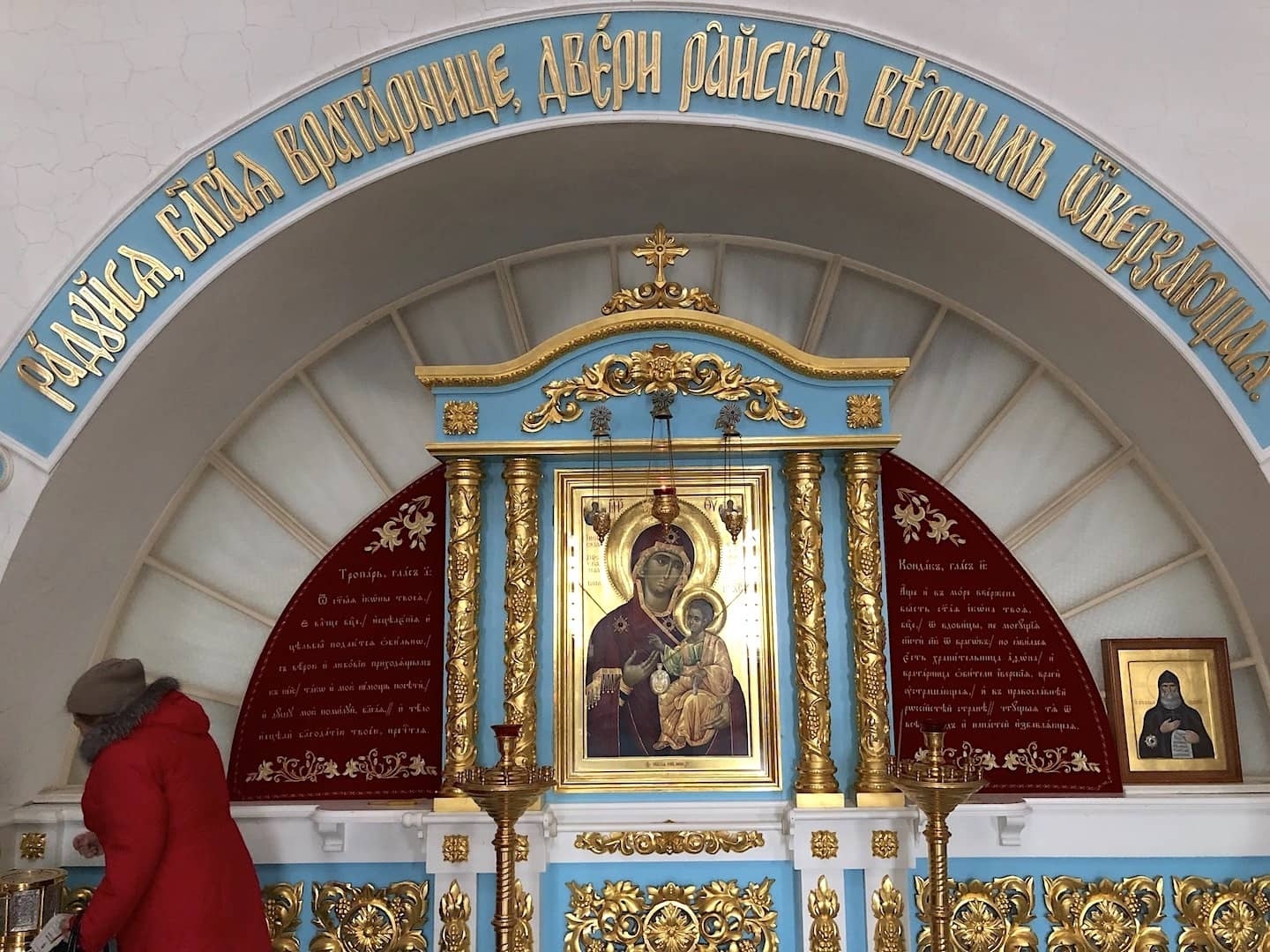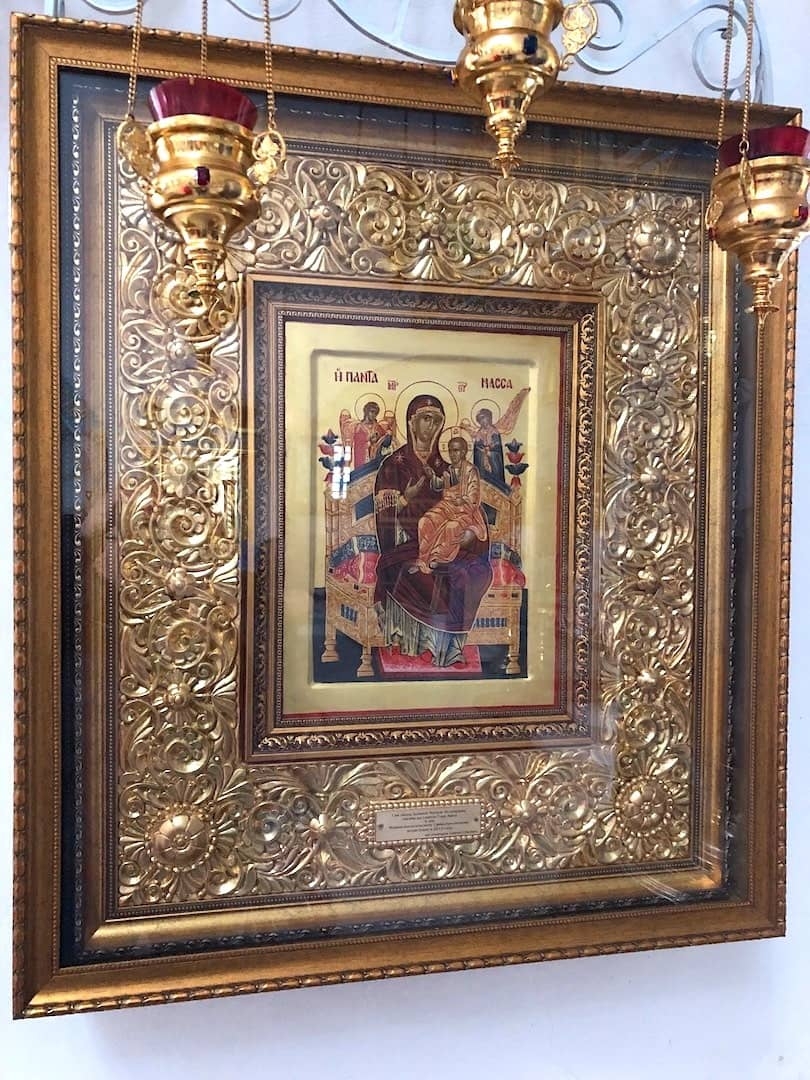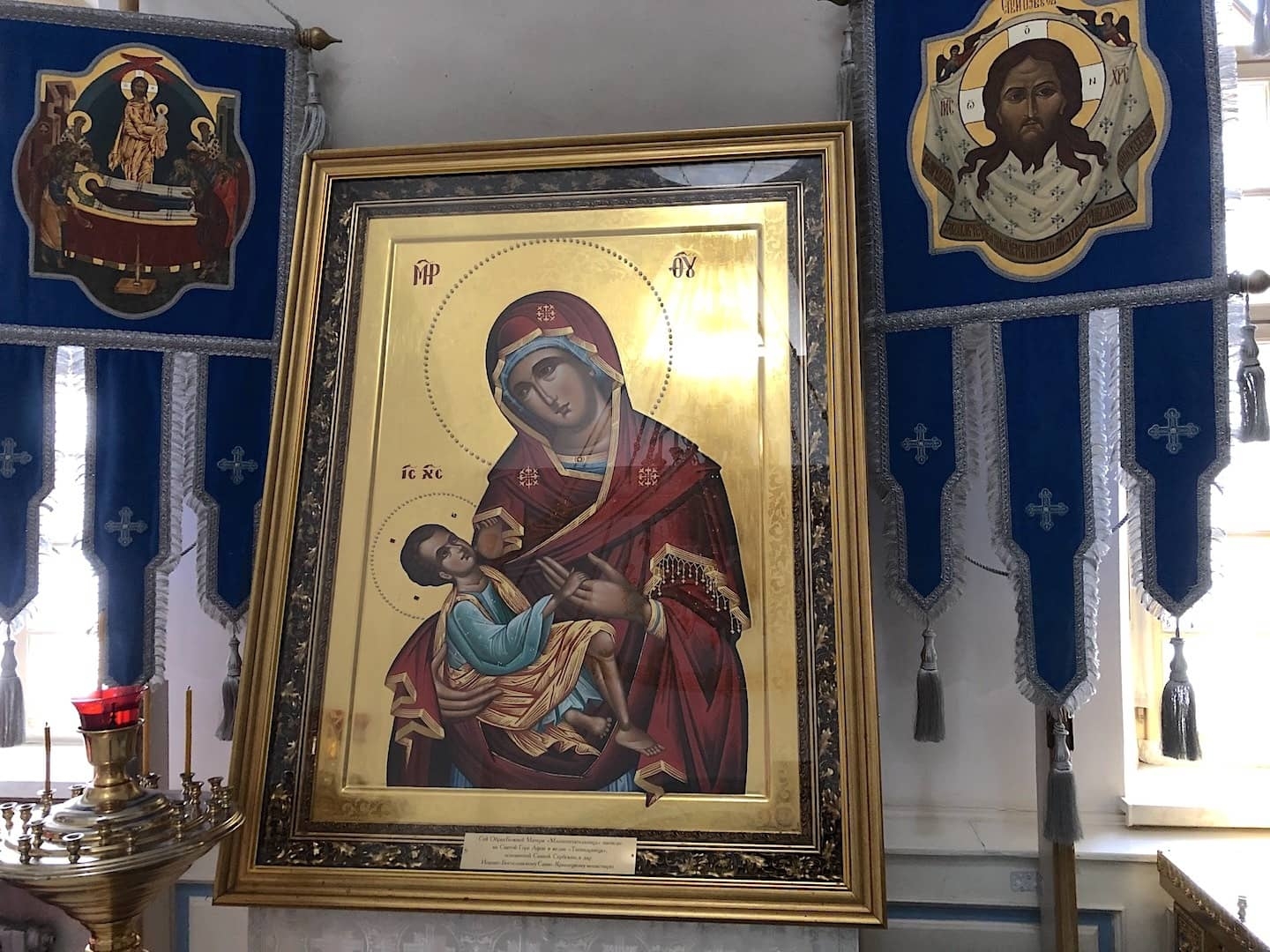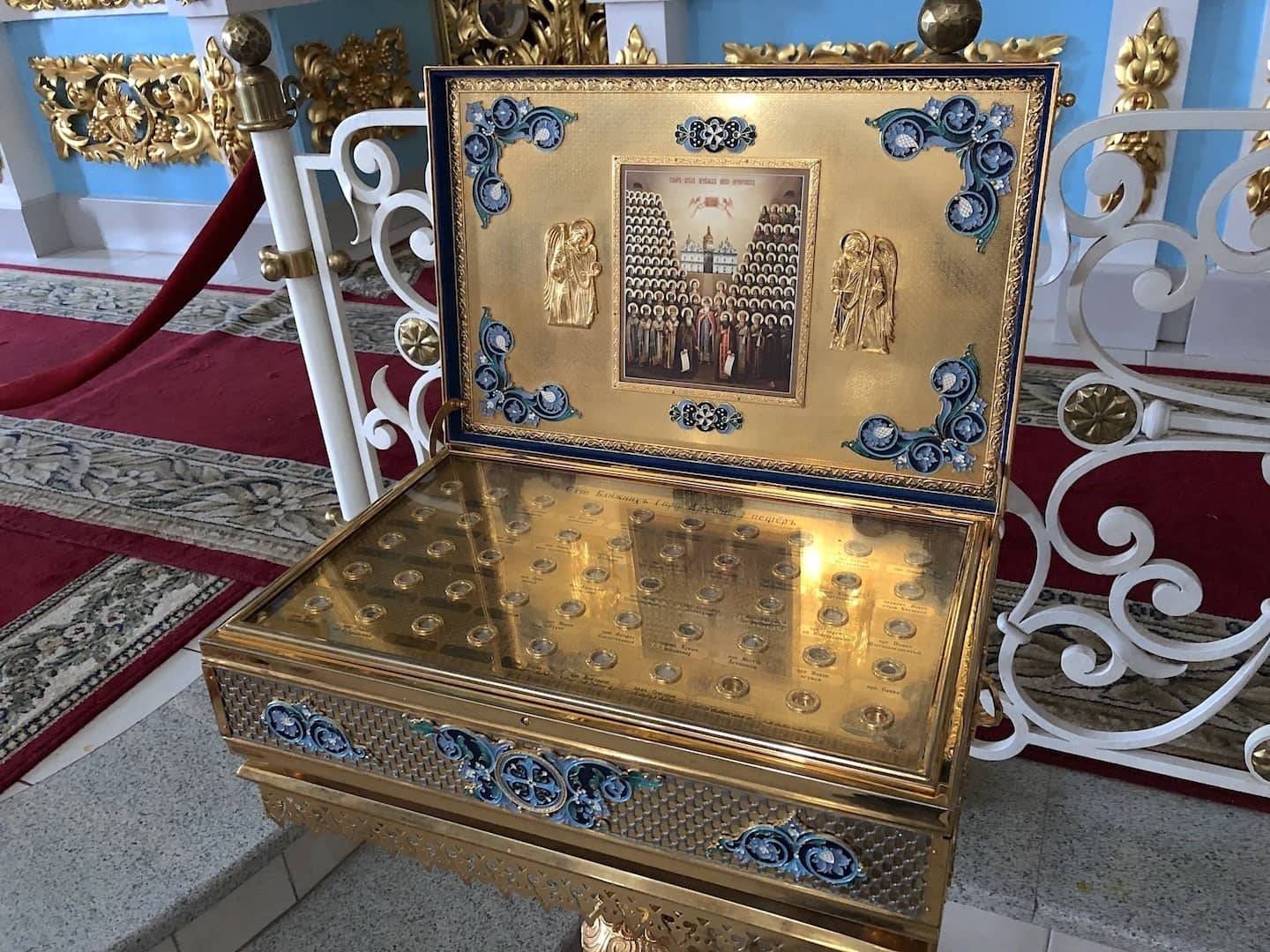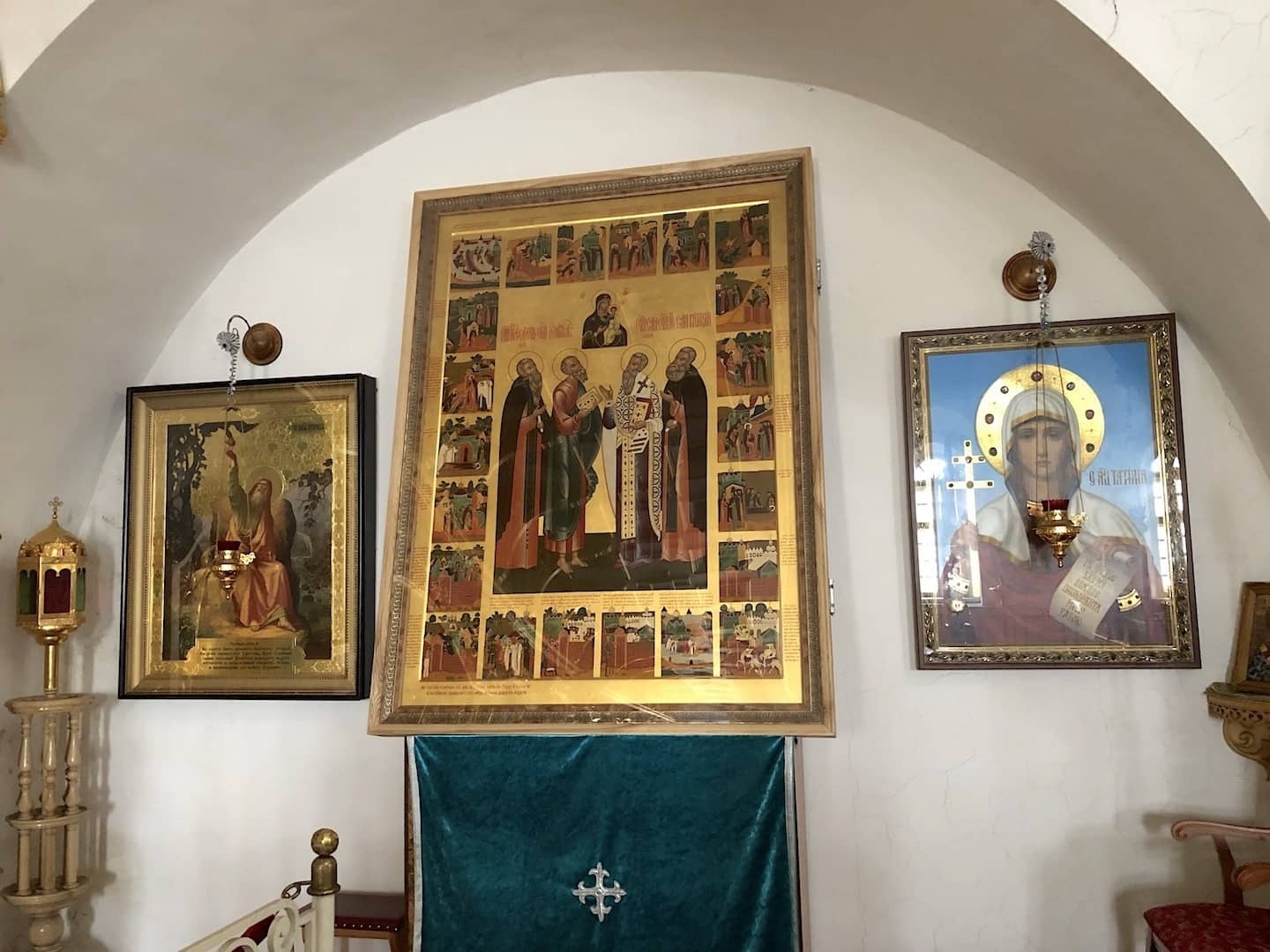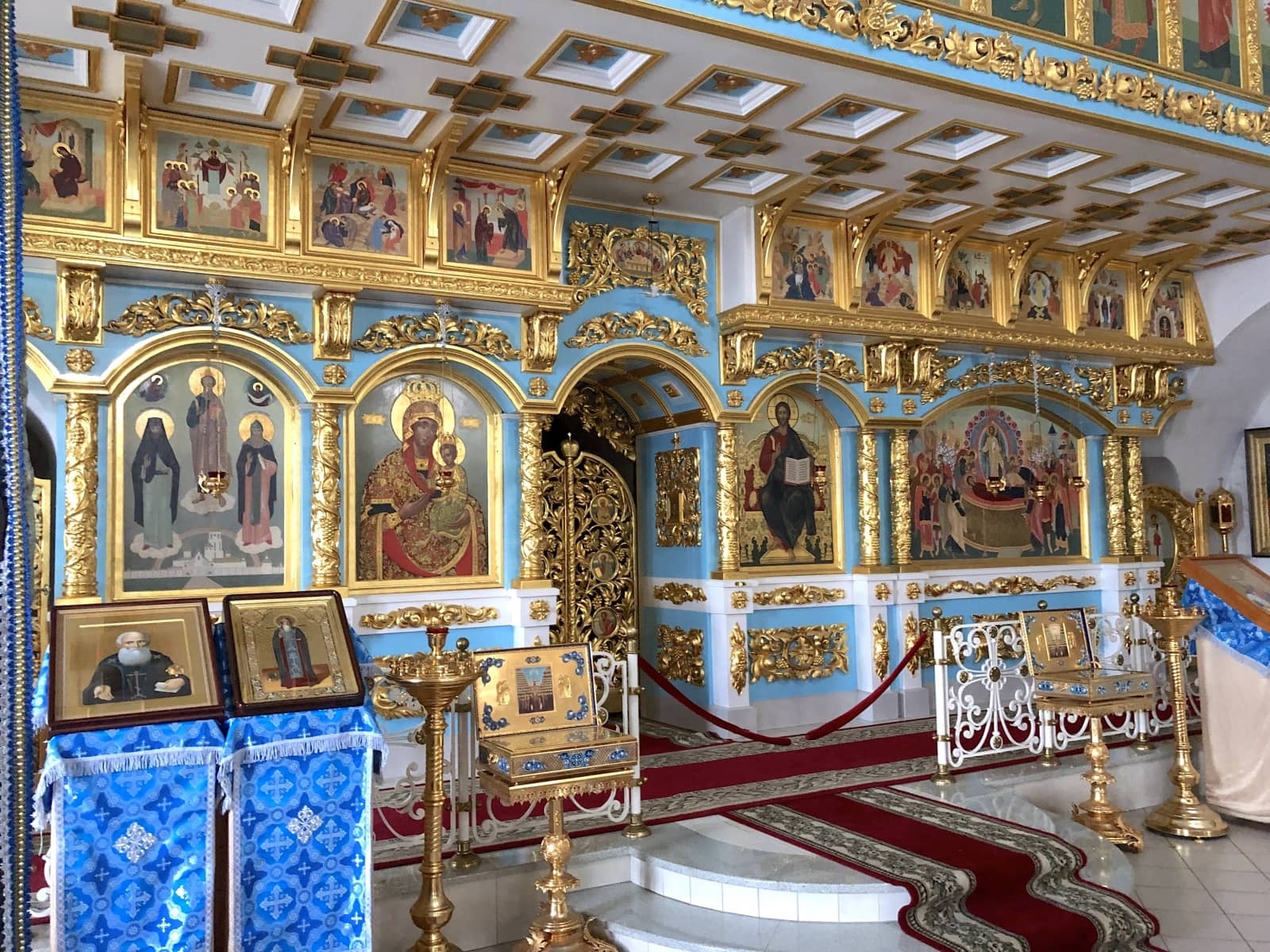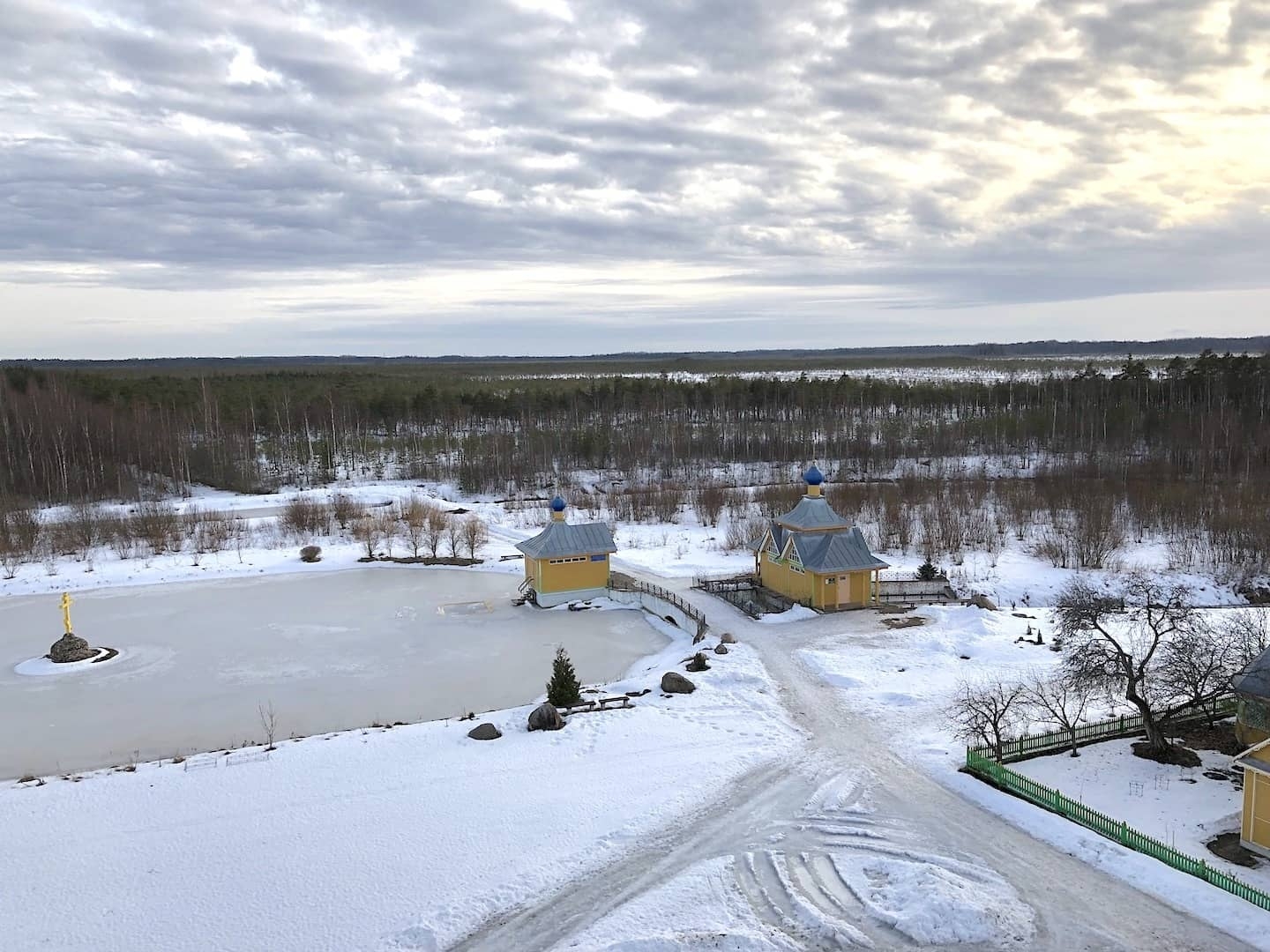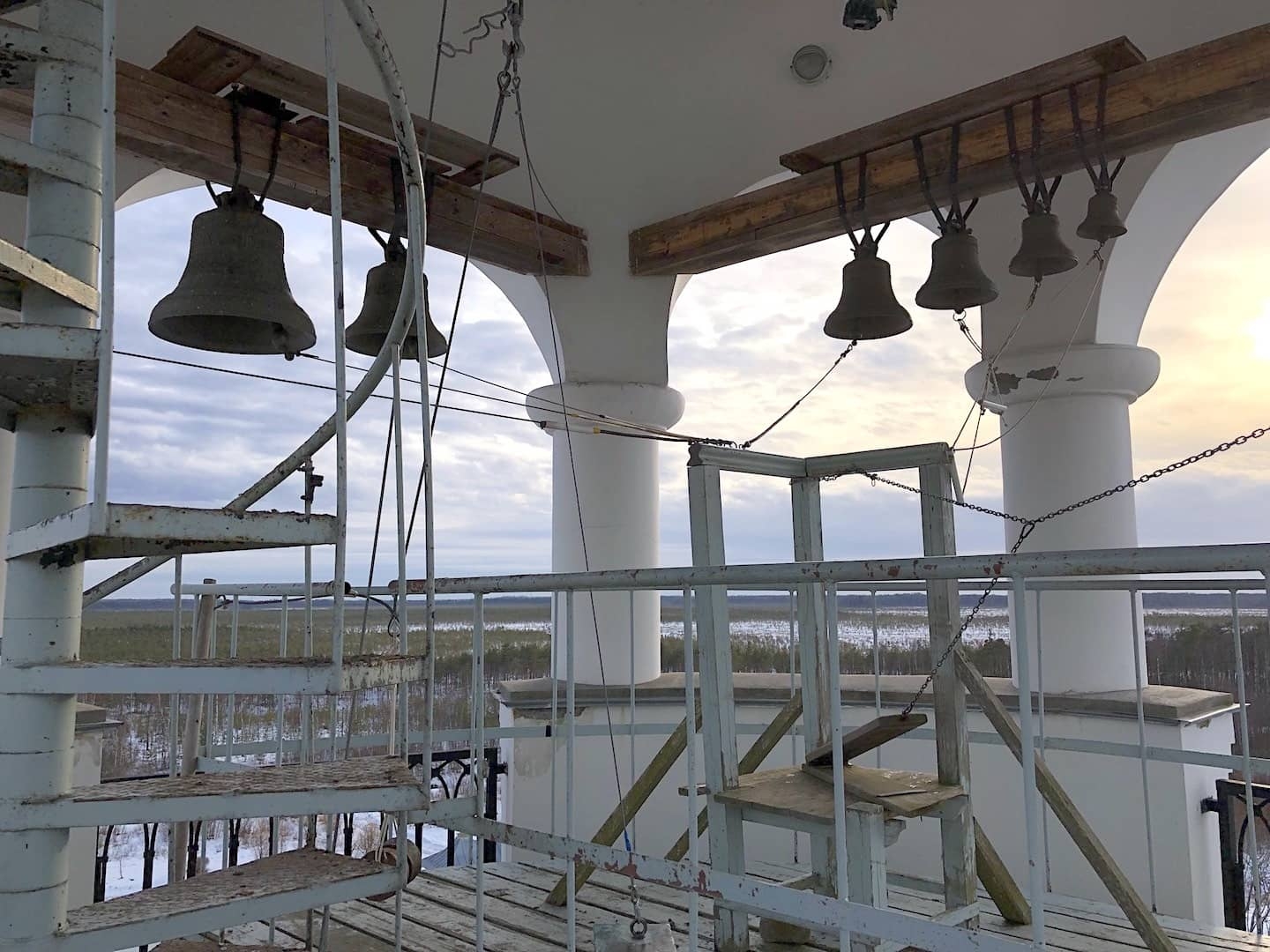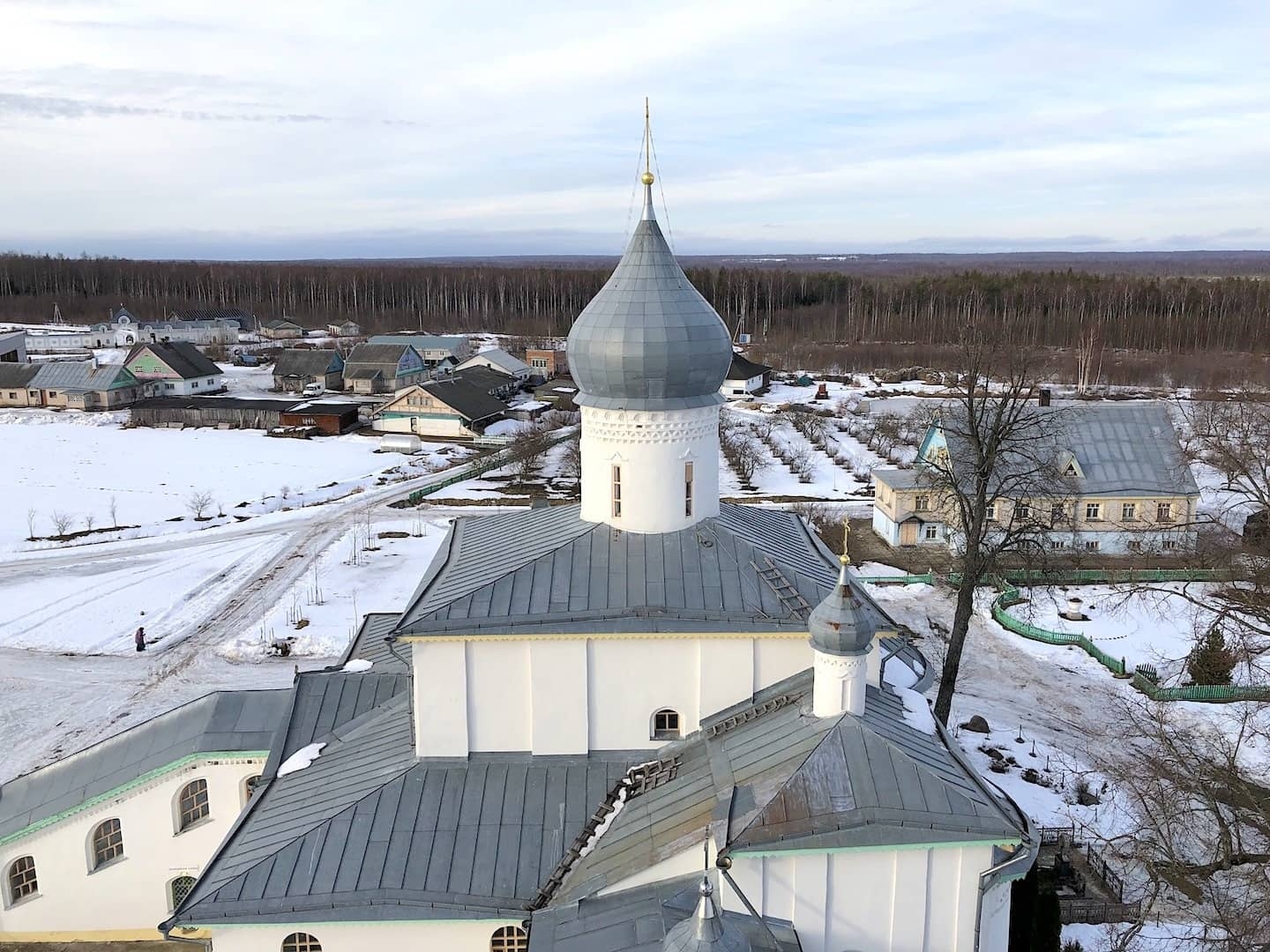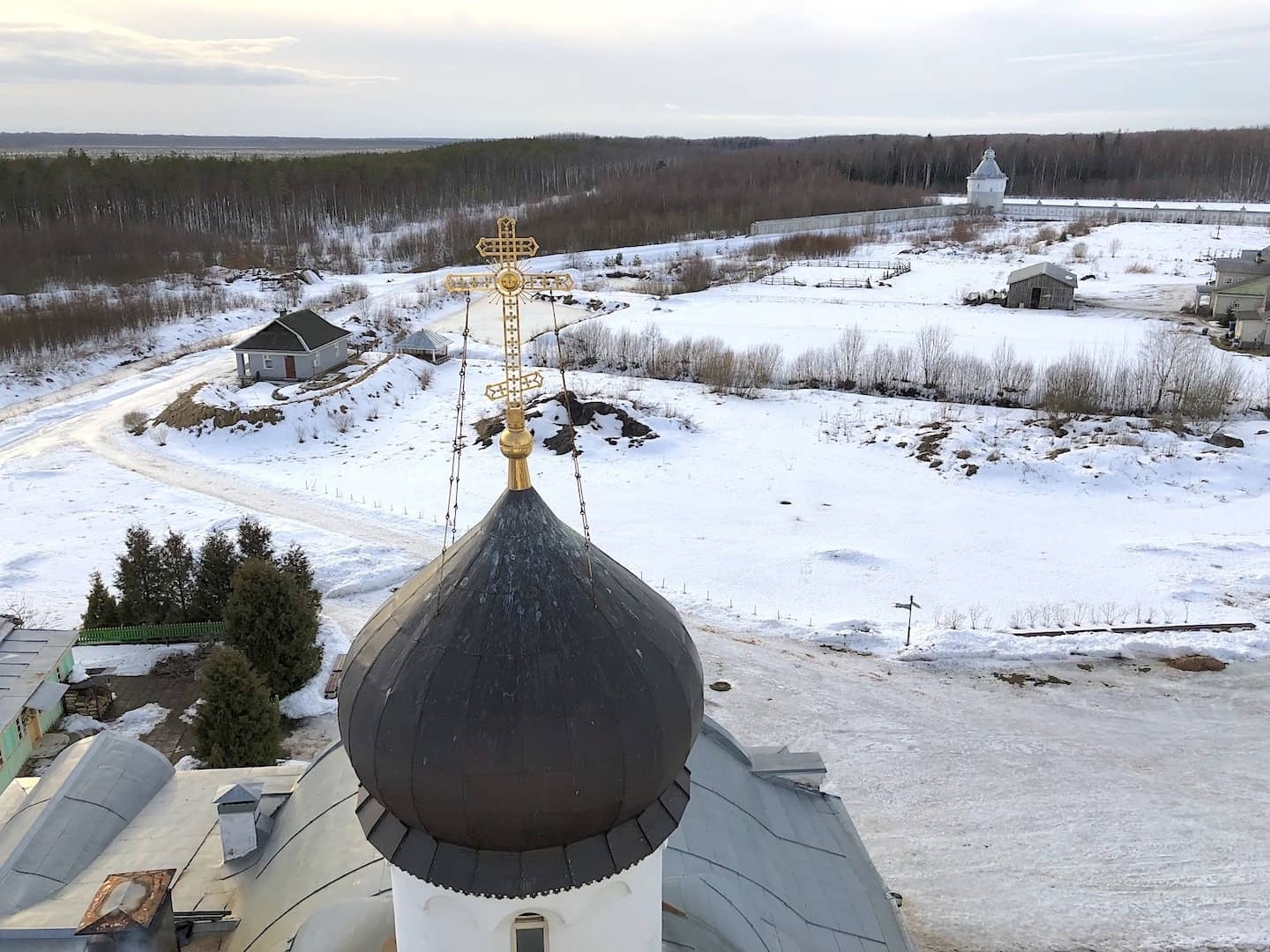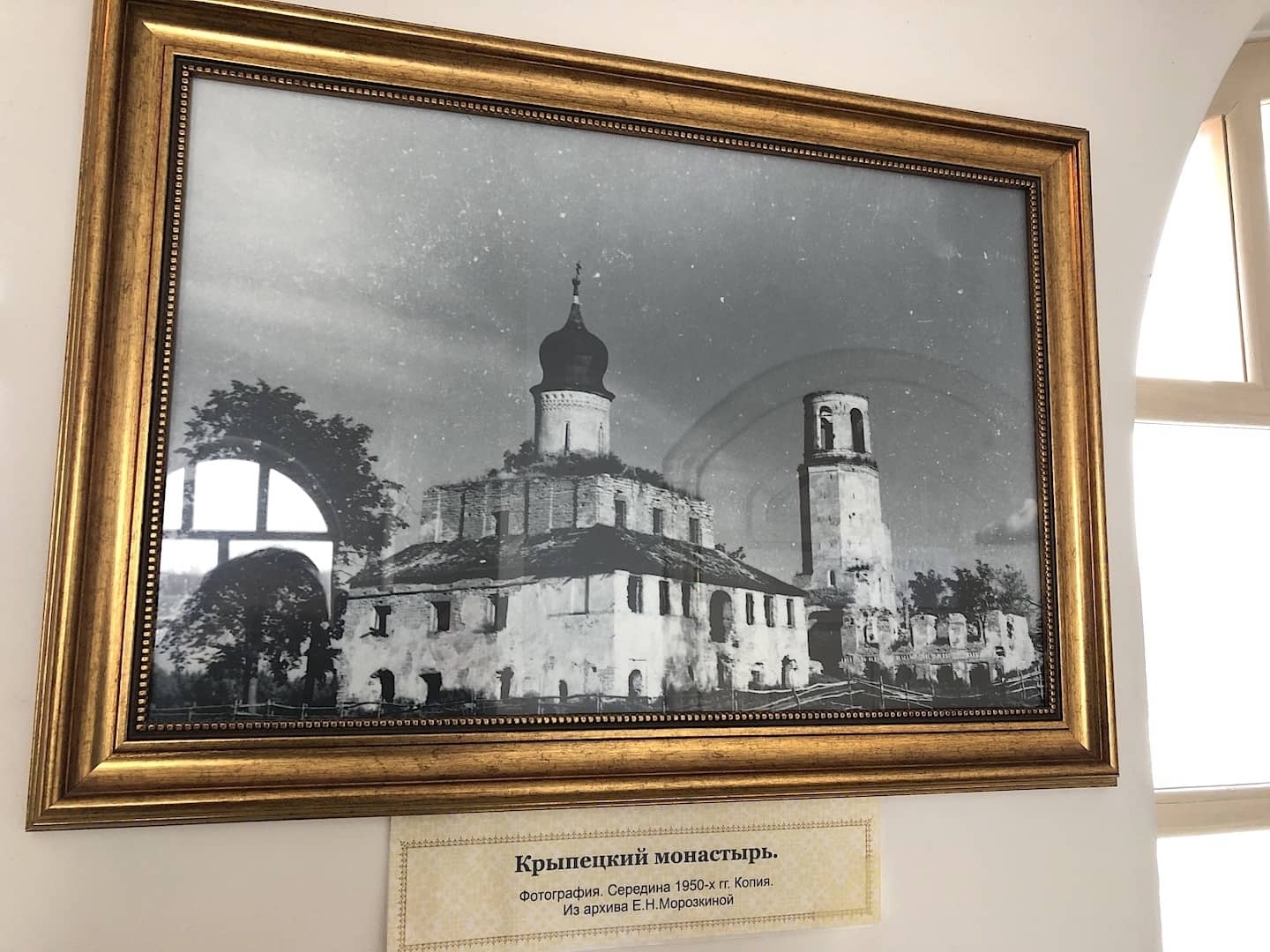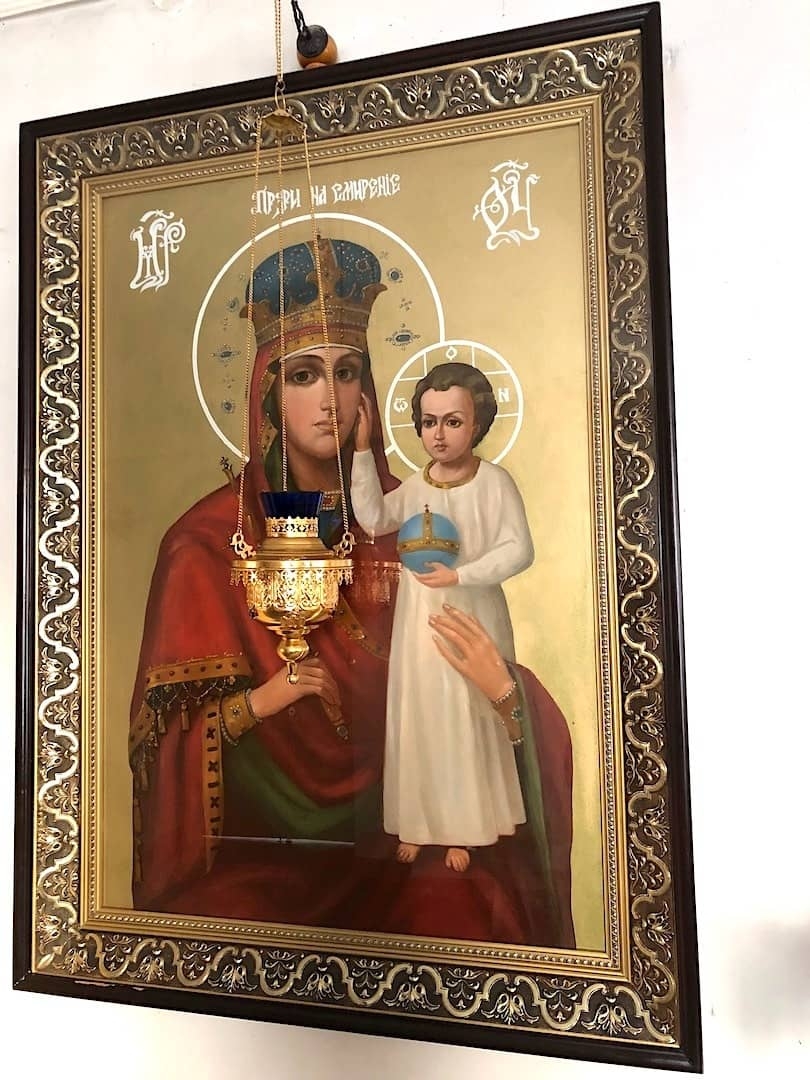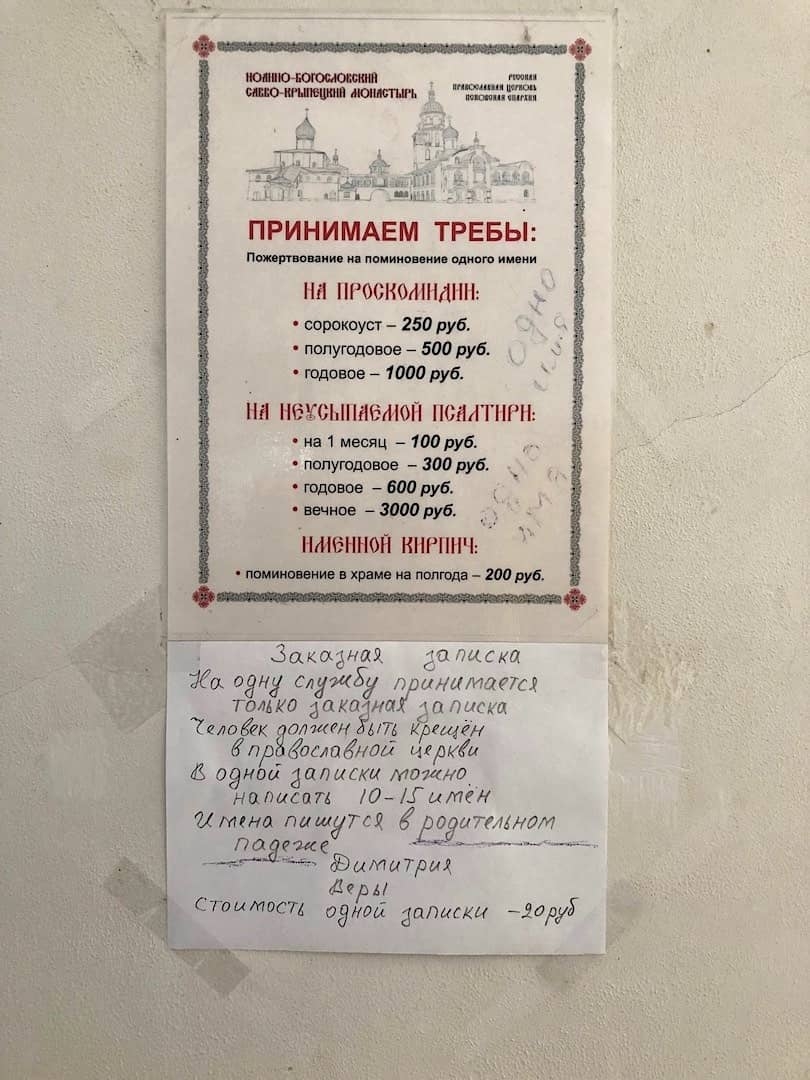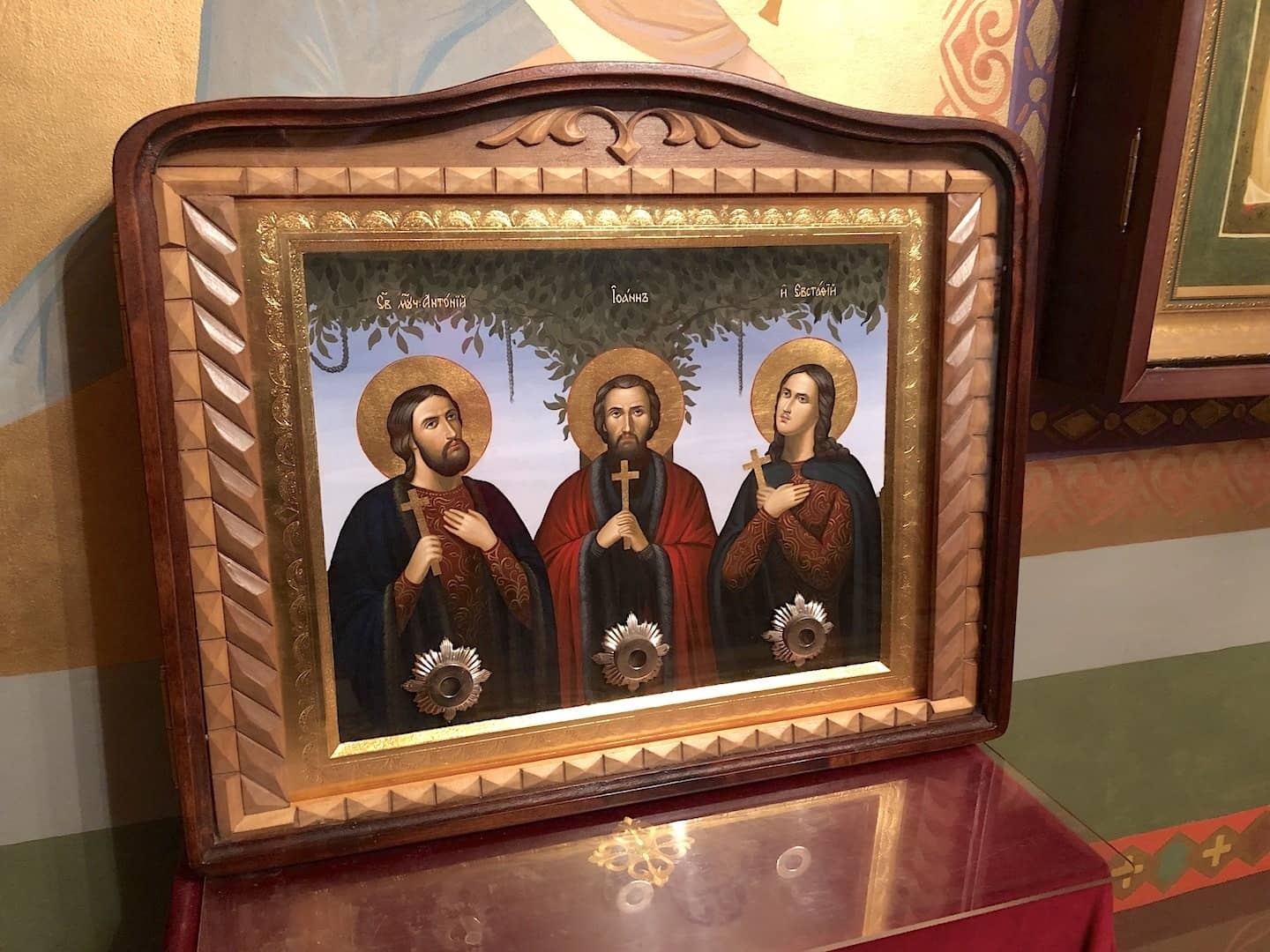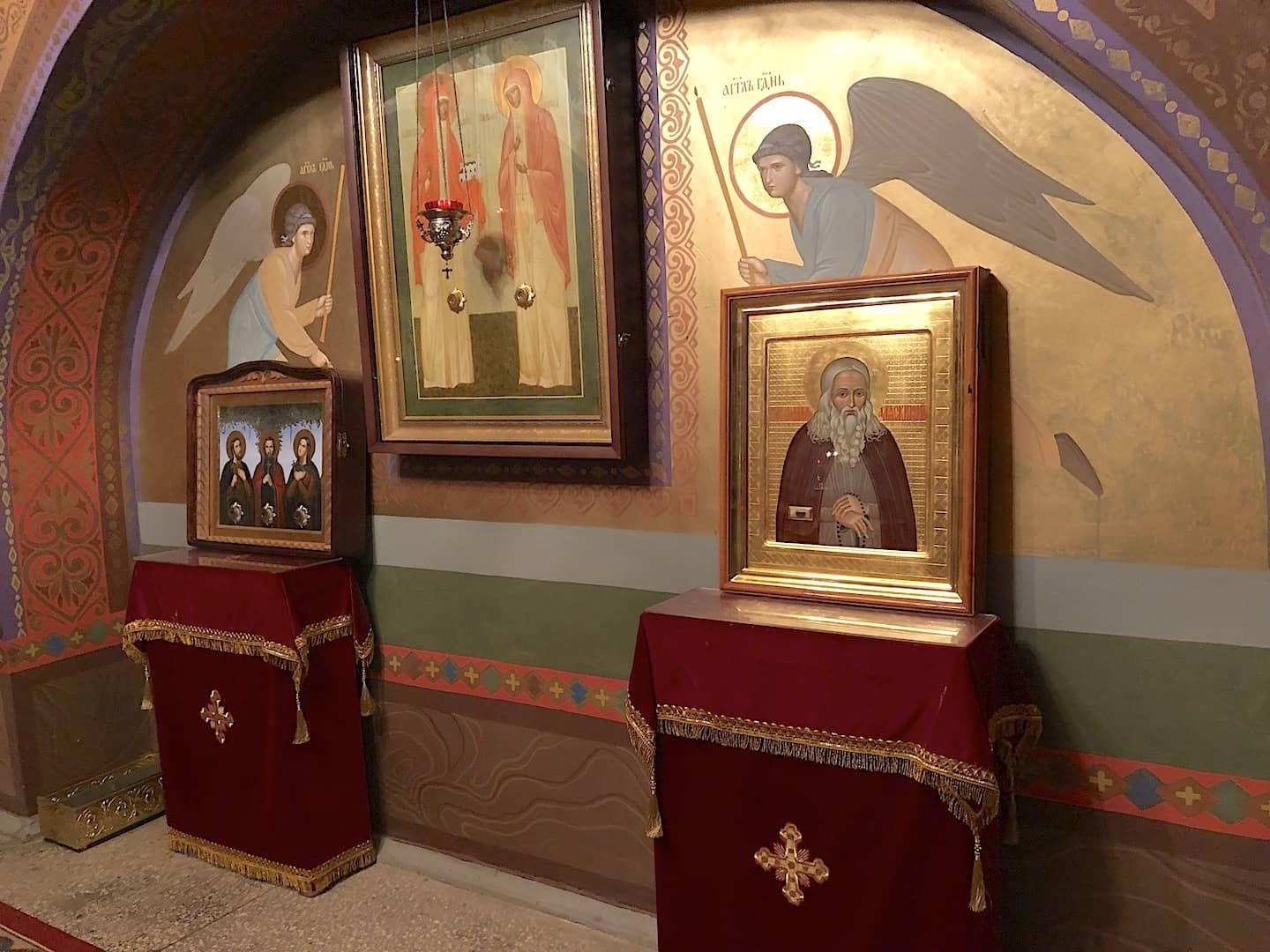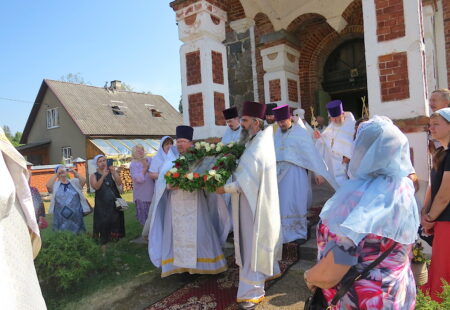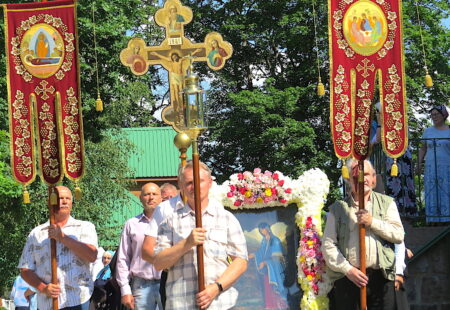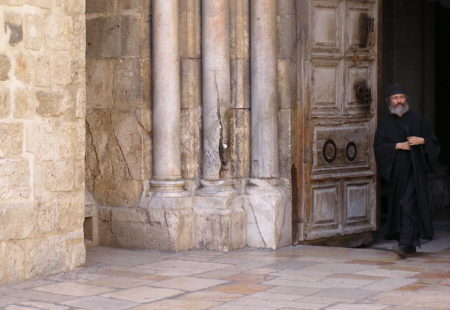Russia Krypetsky Monastery February 27, 2019
To view the photos, click on the photo and you can zoom in using the wheel or fingers on your mobile phone. Also note that under the photo there is an interface for a slideshow (the play button in the middle) and arrows for navigating through photos.
Description
Krypetsky St. John the Theologian Monastery, located in the middle of the woods, is one of the most beautiful active monasteries in Pskov.
The monastery was founded in 1485 by the Monk Savva Krypetsky in the middle of the Pskov swampy swamps, in an impassable place where only bears and other wild animals lived, near a lake rich in fish. Having built a hut on a stone, Sava lived in fasting and prayer for many years. Soon his disciples began to flock to his residence, attracted by the rumor of his holy life.
In 1487, a monastery was officially founded at the Pskov Veche. Prince Yaroslav Vasilyevich Striga-Obolensky of Pskov took an active part in the construction of the monastery. It is known that with his participation, a bridge was built on the road to the Holy Gate of the monastery.
Not wanting to be in charge himself, the blessed elder put an abbot named Cassiana at the head of his monastery. In the cell of Sava himself there was nothing but the icon of the Savior and the Mother of God His mother, the old matting on which he used to lie down for a short rest. The Monk died Sava was born on August 28, 1495, and was buried in the wooden church of St. Nicholas built by him. St. John the Theologian. The present stone cathedral was built in 1557.
In 1581, the monastery was attacked by the Polish troops of Stefan Batory. Russian Russian peasant, who had deceived the Poles by assuring them that there was no one in the monastery, failed in the siege: the Poles were routed by a Russian detachment hiding in the walls of the monastery.
In the XVI century, in the Krypetsk monastery, the Monks Nil Stolobensky and Nikander the Hermit began their exploits and took monastic vows in it. In 1672
here he also accepts monastic life with the name Anthony Athanasius Lavrentyevich Ordyn-Nashchokin, head of the Embassy Order under Tsar Alexei Mikhailovich.
In the second half of the XIX century, the blessed monk Cornelius lived and asceticized in the Krypetsk monastery. In July 1997, the remains of the blessed monk Cornelius were found, and until January 2000, they were in the monastery church. In September 1999, the monk Cornelius was glorified as a locally venerated saint Pskov Diocese.
By the beginning of the XX century, the Krypetsky Monastery was one of the richest in Russia. It consisted of 40 monks, 21 novices, and the monastery land included 3,602 tithes of land.
Now on the territory of the Krypetsky monastery, restoration work has been carried out, some dilapidated buildings have been dismantled, and new ones are being built. The monastery takes on a beautiful, majestic appearance. The monastery is
now home to about 70 monks and novices. Pilgrims come to venerate the relics of the Venerable Sava and Cornelius Krypetsky, as well as to drink healing water from the holy spring.
About the miraculous water of the Holy Lake in the Krypetsk monastery: The lake, called the Holy One, also has the ancient name Kopanets, showing its man-made character. The water in the Holy Lake of the monastery has been famous for its wonderful properties for centuries. More Reverend Cornelius Krypetsky healed the suffering with water from the Holy Lake. Now on the Holy Lake in the monastery there is a chapel of St. Sava Krypetsky with a baptismal font and a bath for dipping. The water in the lake is warm and soft, but after dipping, the cleansing power of the Holy Lake water is felt.





















